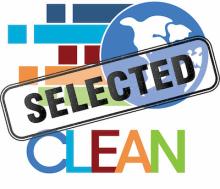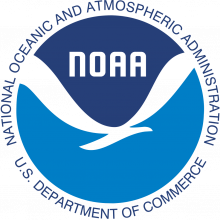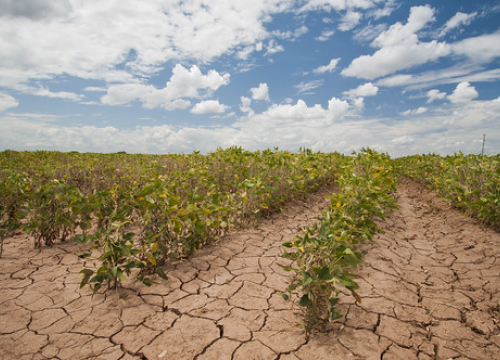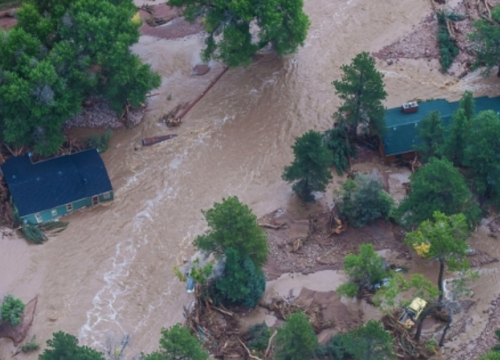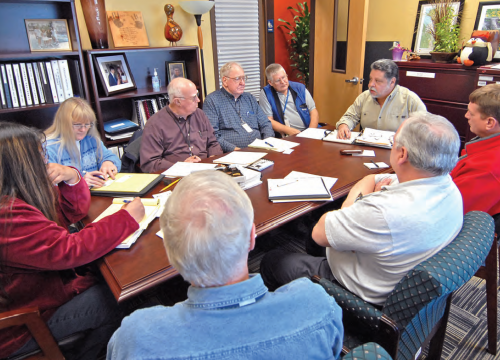Adapting to Extremes: Exploring the Science of Wildfire in Colorado
Wildfires are occurring more frequently and increasing in size in the western US; in this lesson students will explore this concept by analyzing environmental data to find patterns and practice communicating their findings.
Context for Use
This lesson is best used as part of the HEART Force curricular unit. Potential lessons to follow include:
- HEART Force Wildfire Response Game OR HEART Force Wildfire Resilience Game
- HEART Force Pathways to Resilience Action Projects
This lesson could also be a stand-alone lesson to introduce students to wildfire in Colorado.
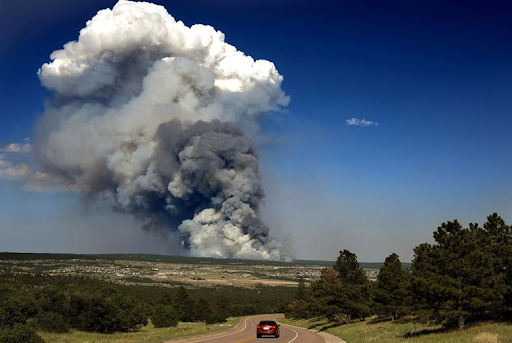
The Black Forest Fire burning east of Colorado Springs, 2013.
Photo Credit: U.S. Air Force Photo/Carol Lawrence
Goals Header
What Students Will Do
- Analyze wildfire data to identify patterns of wildfire history and risk in Colorado.
- Communicate information about the causes and effects of wildfires in your community. Explain what community members should do to be safe in the event of a wildfire.
Materials
User note: To make an editable copy of the teaching materials in Google Drive, select File > “Make a copy”. This will make a copy for you to save to your own drive and edit as you see fit.
Description
Students will build understanding of wildfires in Colorado through the following activities:
- Part 1 – Engage (20 minutes) Introduction to Fire Science & Case Study
As a class, watch news clips about wildfires in Colorado and have a brief class discussion.
- Part 2 – Explore (60 minutes) Wildfire Data Analysis Jigsaw
In groups, analyze wildfire information resources and data to build understanding of the causes, impacts, locations, and frequency of wildfires. Additionally, students use GIS to identify areas in their community in the wildland urban interface that may be at risk of wildfire.
- Part 3 – Explain and Evaluate (90 minutes) Community Outreach for Wildfire Preparation
New student groups (with a student from each group in Part 2 jigsaw group) will present information to each other, and begin writing an outline for a Letter to the Editor. Next, students write a Letter to the Editor answering the driving question: What can we learn from past wildfires to prepare for future wildfires?
